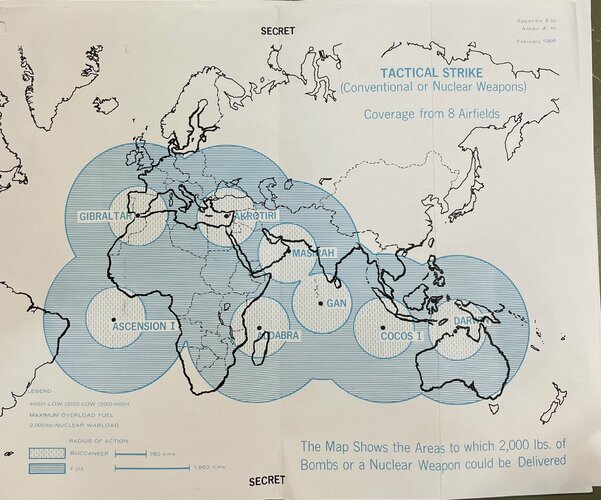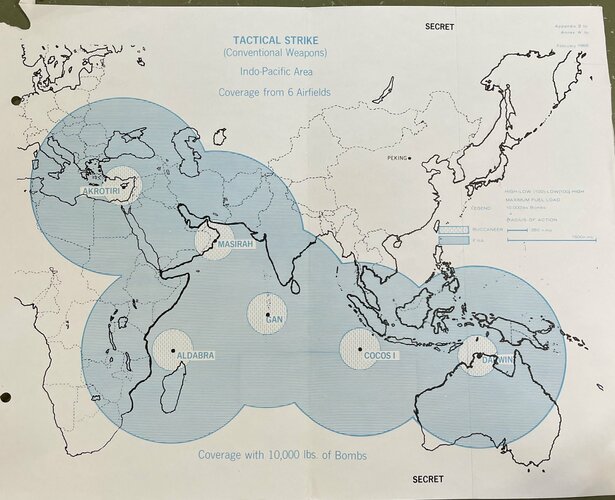- Joined
- 6 September 2006
- Messages
- 4,823
- Reaction score
- 9,403
Agreed it would be a big job. Its not just the nacelle, both spar frames wrap around the engines plus two mounting rings and a firewall ring that all seem to join with the wing structure too. So HSA/BAe would need to do a substantial rebuilding programme.
Needs a wind tunnel test programme to design the nacelles, rear fuselage fatigue tests, recalculation of CofG and trim and thicker gauge rear skins.
Not sure what avionics from MRCA you could salvage to put in it, there is no successor radar to Blue Parrot, the S.2B already got a Ferranti INS, I suppose you could add LRMTS, RWR would be added to S.2B later anyway and provision of internal proved impossible with US pods being acquired instead. And if your ripping the aircraft apart and haven't got any better avionics to put inside it, is the cost really worthwhile?
Given the costs of all the above it seems unlikely the MoD would go down the re-engining route.
Anyhow a lighter less draggy Bucc still wouldn't need afterburners, its not going to ever be a viable supersonic platform, what you really need is lots of dry thrust to get you off he ground smartly with a hefty load of weaps and fuel.
Needs a wind tunnel test programme to design the nacelles, rear fuselage fatigue tests, recalculation of CofG and trim and thicker gauge rear skins.
Not sure what avionics from MRCA you could salvage to put in it, there is no successor radar to Blue Parrot, the S.2B already got a Ferranti INS, I suppose you could add LRMTS, RWR would be added to S.2B later anyway and provision of internal proved impossible with US pods being acquired instead. And if your ripping the aircraft apart and haven't got any better avionics to put inside it, is the cost really worthwhile?
Given the costs of all the above it seems unlikely the MoD would go down the re-engining route.
Anyhow a lighter less draggy Bucc still wouldn't need afterburners, its not going to ever be a viable supersonic platform, what you really need is lots of dry thrust to get you off he ground smartly with a hefty load of weaps and fuel.


